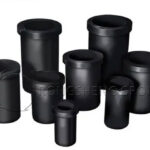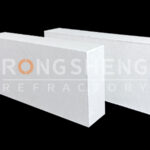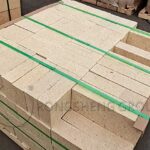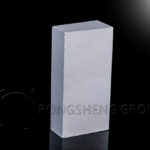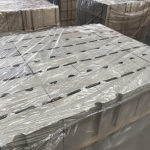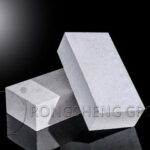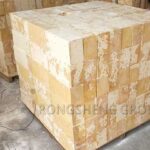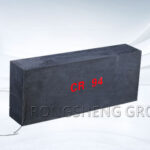Crucible is a container heated at high temperature. Have you ever seen the container that holds molten steel during steelmaking? A jar-like thing that holds liquid that has been heated to over a thousand degrees does nothing. This kind of vessel is called a crucible. In addition to being used in steelmaking, it is also used in refining oil and containing chemical substances. The crucible will not melt or corrode. Why can containers holding molten steel be so resistant to high temperatures?
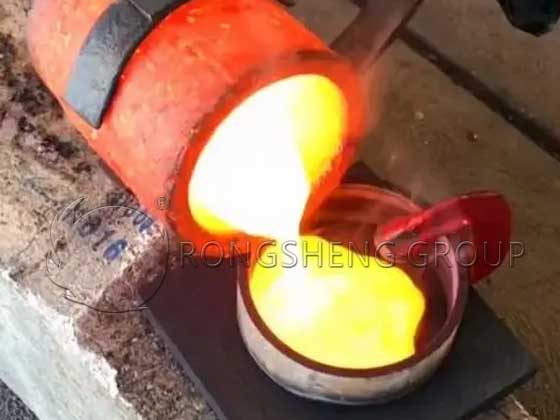
High-Temperature Heating Container – Crucible
What kind of material is such a powerful crucible made of? As we all know in the industry, the crucible is a container specially used to heat solids at high temperatures. It can specially customize the model and size according to factors such as production scale and batch size. To ensure the purity of the materials being processed, it has strong applicability.
The production of crucibles has a certain process and strict standards. The crucible can be directly filled with solid material and fired at high temperatures. Once the material inside becomes liquid, it will not move at all. If the substance is originally in solution and needs to be concentrated, crystallized, or evaporated, it can also be placed directly in the crucible for cooling. Therefore, the materials used to make the crucible will also vary depending on the purpose.
- The crucible used in metallurgy is made of cast iron and can be used to melt aluminum alloy, zinc alloy, lead alloy, and other alloy substances.
- When melting sodium hydroxide, a crucible made of inactive metal is used to prevent corrosion of the highly alkaline sodium hydroxide. Crucibles made of inert metal are suitable for containing highly corrosive substances.
- Metal crucibles include alumina crucibles, silver crucibles, platinum crucibles, and nickel crucibles.
Other materials include quartz crucible, graphite crucible, porcelain crucible, and silicon carbide crucible. The melting point of the crucible of each material is different, and the substances it can come into contact with are also different. Regardless of the type of crucible, its melting point is very high. During use, it must be ensured that the material contained will not corrode it, and that chemical reactions or heating temperatures will not melt it.
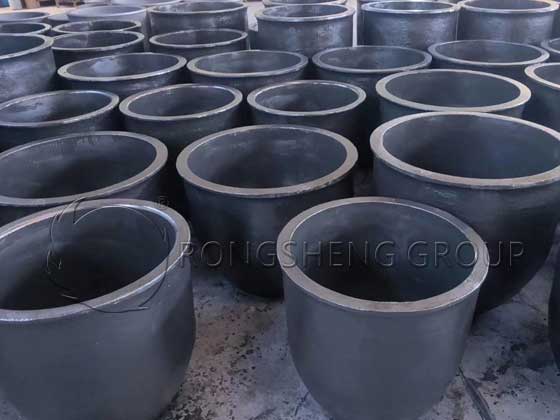
A Wide Range of Crucibles
In daily life, the most common thing we see is the crucible for steelmaking. The melting point of steel is about 1500 degrees, so the melting point of the crucible must be at least over 1600 degrees, otherwise it is likely to be melted by molten steel. Crucibles are of various types because of the different substances they contain and the materials they are made of.
Modern high-quality crucible. In modern times, industry has higher requirements for steel, and crucibles naturally need to be upgraded many times to meet the needs of steelmaking. Materials are also becoming more and more complex, no longer limited to a single material, but composite materials. The high requirements for steel in modern industry have made the materials of crucibles more complex.
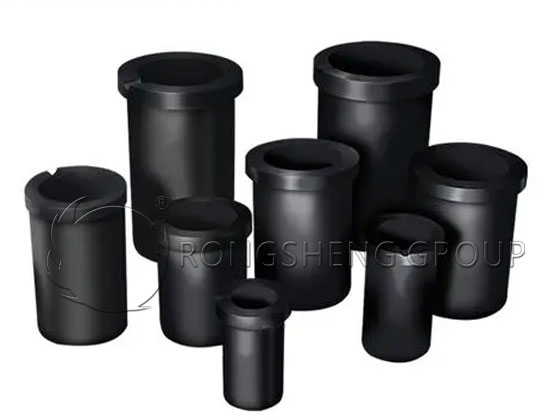
Graphite Crucible
In the 18th century, clay crucibles were mostly used. Now using graphite crucible, it is more durable. The main material used is crystalline natural graphite. Graphite is an isomorph of carbon, gray-black in color, opaque, and chemically stable. The melting point is between 3652 ℃ and 3697 ℃, and the boiling point is 4830 ℃. It is also corrosion-resistant and does not easily react with acids, alkalis, and other substances.
Although the graphite crucible needs to be oxidized, the oxidation is uniform, it is not easy to eat gold, and the production loss is very low. If used with a quartz jacket, the effect will be doubled. In addition to smelting steel and non-ferrous metals, graphite crucibles are also very important in the power industry. Graphite crucibles are quite popular nowadays and the output is also very high.

Molybdenum Crucible
In addition to graphite crucibles, molybdenum crucibles are also the best among modern crucibles. Metal molybdenum is a trace element required by all animals. Its simple substance is a silver-white metal, which is quite tough. The melting point is around 2620°C and the boiling point is as high as 4639°C. It is a rare metal that is difficult to melt.
Molybdenum has a small expansion coefficient, high strength, and electrical conductivity. In addition, it is also corrosion-resistant and has good thermal conductivity. It is used in both the metallurgical and rare earth industries.
Tungsten Crucible
Of course, the tungsten crucible is also very powerful. Its high heat resistance can be seen from Edison’s use of tungsten filament for electric lamps. Tungsten is also a shiny silver-white metal with high hardness. The melting point is 3410°C, the boiling point is higher than both molybdenum and graphite, 5927°C, and the chemical properties are relatively stable.
Tungsten can be used as an electric light filament, which shows its high heat resistance. In addition to being used as a crucible for steelmaking and metallurgy, tungsten can also be used as a tool for high-speed cutting of diamonds and superhard molds. In addition, tungsten is also indispensable in the production of many optical and chemical instruments.
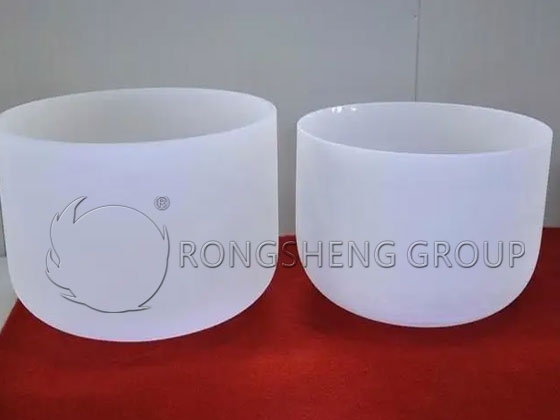
Quartz Crucible
At present, quartz crucibles have been basically eliminated in steelmaking because the melting point and boiling point of quartz are relatively low, only 1750°C and 2230°C. Nowadays, quartz crucibles are well-used in the photovoltaic and semiconductor industries. Quartz sand has good chemical resistance and inertness, which can ensure the purity of reactants. New energy companies often use quartz crucibles to produce high-tech products such as monocrystalline silicon rods and silicon wafers. Quartz crucibles can be used to produce high-tech products.
All in all, the crucible’s resistance to high temperatures, all benefit from the materials and craftsmanship used to make the crucible. The material’s advantages such as good heat resistance, high chemical stability, high hardness, and good thermal conductivity are all guarantees that the crucible will not melt or break.

